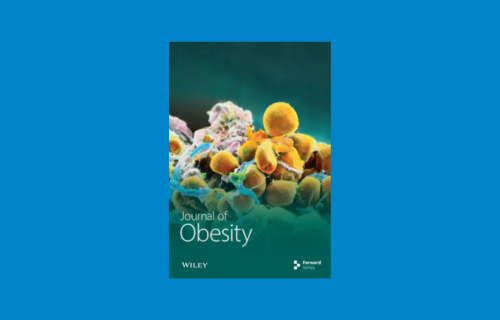Macrosomia and Childhood Growth Trajectories From Birth to 10 Years of Age: Findings From the ROLO Longitudinal Birth Cohort Study
Friday, 17 October, 2025
Share

Congratulations to researchers from UCD Perinatal Research Centre and UCD School of Medicine, including Professor Fionnuala McAuliffe, Sophie Callanan, Cara Yelverton, and Clinical Professors Patrick Twomey and Declan Cody, on their recently published research in the Journal of Obesity. Well done to all those involved from other institutions, too.
The paper is titled ‘Macrosomia and Childhood Growth Trajectories From Birth to 10 Years of Age: Findings From the ROLO Longitudinal Birth Cohort Study’ and the research found that macrosomia was associated with early, but not later, childhood growth trajectories. The associations were weak and varied according to definition and growth measurement. The lack of strong results indicates uncertain clinical relevance and warrant additional future research in a larger cohort.
Abstract
Background/Objective
Macrosomia is associated with overweight and obesity across the life course. Most research to date has been based on cross-sectional analyses, and longitudinal investigations between macrosomia and developmental trajectories of growth throughout the first decade of life are lacking. This research aimed to examine associations between macrosomia and postnatal growth trajectories from birth to 10 years of age.
Subjects
Children (n = 337) from the ROLO longitudinal birth cohort, who were born to mothers with previous macrosomic delivery.
Methods
Birthweight was recorded at delivery and dichotomised using the cut-off criteria for macrosomia (birthweight ≥ 4 kg and < 4 kg). Child weight, length/height, body mass index (BMI) and waist circumference were measured at birth, 6 months, 2, 5 and 10 years of age. Postnatal growth trajectories were developed using these longitudinal measurements from birth up to 10 years of age. Linear spline multilevel models were used to examine associations between macrosomia and postnatal trajectories with adjustment for confounders (maternal ethnicity, socioeconomic status, maternal age at delivery, maternal smoking in pregnancy, paternal BMI, adherence to gestational weight gain guidelines in pregnancy, sex of the child, original study group allocation, adherence to a special diet in pregnancy, maternal physical activity levels, metabolic complications in pregnancy and breastfeeding).
Results
In this cohort, 53.7% (n = 181) had a birthweight ≥ 4 kg. The median (IQR) early pregnancy BMI was 25.4 (23.1, 28.6) kg/m2, and mothers were 33.1 (30.6, 35.3) years old at delivery. We found no strong evidence of associations between macrosomia and trajectories of childhood growth from birth to 10 years of age. Significant findings in crude and adjusted models were close to the null and provide limited evidence for a meaningful association.
Conclusion
Macrosomia was associated with early, but not later, childhood growth trajectories. Associations were weak and varied according to definition and growth measurement. The lack of strong results indicates uncertain clinical relevance and warrant additional future research in a larger cohort.
Read online (opens in a new window)here.